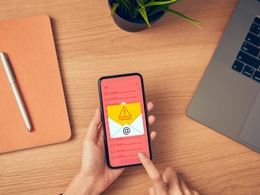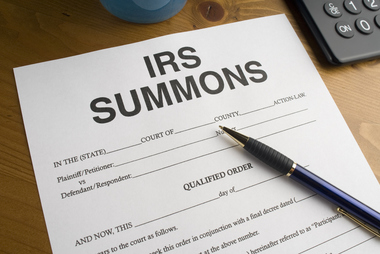Tips to Prevent Your Email from Being Hacked
It’s not a secret that hackers would like to get into your email so they can have access to data they can monetize. These attempts are made easier because so many people use the same passwords for all of their accounts. As a result, getting into one account is likely to give hackers access to many other accounts.

Fortunately, you can take several measures to prevent your email from being hacked, including the following:
1. Use a password manager.
By storing your passwords in a centralized and encrypted location, the password managers can automatically log you into all your online accounts. The password you use to log onto your password manager is the only password you have to remember. According to PC Magazine, Keeper, LastPass and Dashlane are among the best password managers. Something to keep in mind as you select the software that works best for you is that all password managers use “zero knowledge” technology, which means that the company that makes the manager does not know your password.
2. Use two-factor authentication.
By requiring your password plus a second piece of identification, two-factor authentication adds an extra layer of security. Typically, you log into your account with your password and the site replies by calling or texting a one-time code. You can gain access to the account only after you enter that code. A number of two-factor authentication apps are available for businesses, including Authy and Duo.
3. Use a Virtual Private Network (VPN).
VPNs help maintain your privacy when you are using a public network, that is, a network you can use without a password such as one at a café. When you switch on a VPN, your ISP address is routed through an encrypted server. Consequently, while you are on the internet, the VPN will be visible, but your ISP will not. The average cost of a top-rated VPN service is about $10.10 per month.
4. Watch out for phishing emails.
Phishing emails have become quite sophisticated at asking for personal information, but there are some red flags to help you identify them, including the following:
- Poor spelling or grammar
- The address is not quite right — for example, “Microsft” instead of “Microsoft” or a domain suffix that is different than usual such as “.net” rather than “.com”
- Language demanding immediate response
- Requests for payments to be made to a personal bank account or a foreign bank account
- Requests to download something “important”
5. Train the entire staff.
Training is key. Hackers are finding new ways to hack systems and computers all the time. The best thing you can do for your business and personal safety is to train everyone using the system to be alert to possible attacks. Make calling the sender to verify the request a priority.
If you have more questions about staying safe and secure online, contact us today.


